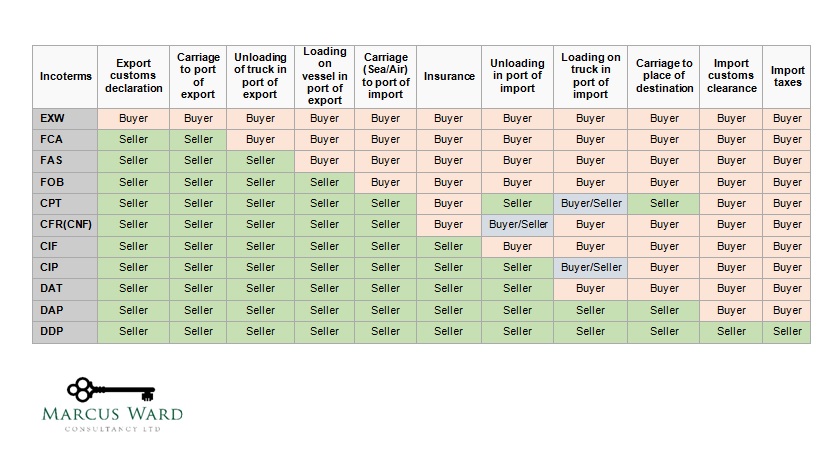Further to my article on the introduction of changes to penalties for late filing and payments of VAT and follow up guidance, the forthcoming introduction on 1 January 2023 has focussed attention on how they will impact certain businesses.
Late returns
Many businesses who have had to deal with the “old” default surcharge regime realised that it could be disproportionate and create unfair outcomes. The new penalties are, in my view, fairer, and, the changes bring some welcome features and some which are less so.
The good news is that the introduction of the new rules mean that businesses will start with a clean slate, regardless of their position under the default surcharge mechanism – there is no carry over form one set of rules to another.
However, for the first time, late rendering of returns can incur penalties and interest if the returns are either:
- nil, or
- repayment
In the previous regime when “non-payment” returns were filed late, this did not trigger a default.
Nil returns
Businesses which did not carry out any activity in the prescribed period, eg; intending traders, businesses temporary closed, or at the end of their life will have to recognise that a late nil return will now trigger points.
Repayment returns
Again, businesses which typically submit repayment returns, such as; new build constructors, exporters, and any business supplying zero rated goods or services will have to recognise tardy submissions will now affect them.
We understand that HMRC is aware of the impact on this sector and is planning to communicate with these businesses to make them aware of the new changes.
An additional point; from 1 March 2021 the Domestic Reverse Charge was introduced for the construction industry. As a result, an increased number of builders found themselves in a repayment position and will now need to ensure timely returns to avoid penalties.
Late payments – penalties and interest
The new late payment penalties regime will replace the default surcharge, which served as a combined late submission and late payment sanction.
Under the new rules, there will be two separate late payment penalties.
The first penalty has two separate elements:
- 2% of the VAT unpaid at day 15
- a further 2% of the VAT unpaid at day 30
The second penalty is triggered from day 31. This is charged daily and is based on an annual rate of 4% of any outstanding amount.
If all outstanding VAT is paid within 15 days of the due date, no late-payment penalty will arise. Although here will however still be late payment interest.
Interest
From 1 January 2023, HMRC will charge late-payment interest from the day a VAT payment is overdue to the day the VAT is paid, calculated at the Bank of England base rate plus 2.5%.
Time-to-Pay arrangements
HMRC offers the option of requesting a Time To Pay arrangement. This will enable a business to stop a penalty from accruing any further by approaching HMRC and agreeing a schedule for paying their outstanding tax.
Period of familiarisation
HMRC say that to give businesses time to get used to the changes, it will not be charging a first late payment penalty for the first year from 1 January 2023 until 31 December 2023, if the tax is paid in full within 30 days of the payment due date.
Appeals
It is anticipated that the number of appeals against late filing/payments will be reduced because of the more proportional approach of the new rules. However, it is still possible to appeal if a taxpayer considers the imposition of penalties and interest is unfair. An appellant needs a reasonable excuse to succeed.
Action
Advisers should ensure that clients affected by the new rules, specifically repayment business and those submitting nil returns, are aware of the impact. I know that a lot of these are habitual late filers and some “save up” returns for when they need a cash injection.
It will also be prudent for advisers to monitor penalty points accrued. We understand that HMRC is looking at how this information could be made available to agents and taxpayers. We expect more details about this in the coming months, including how software can be used to display points.
Repayment supplement
The new system may be fairer, however, the withdrawal of the repayment supplement is not! More details here. (I am still quite cross!)

